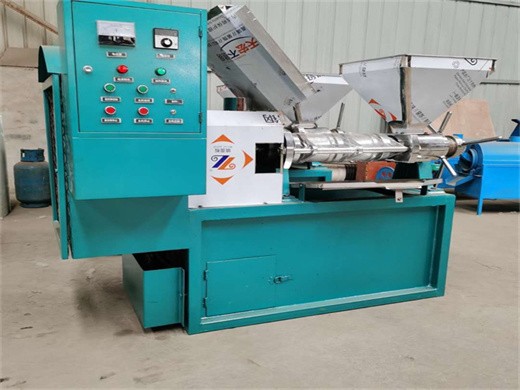the ultrasound-assisted aqueous extraction of rice bran oil
The ultrasound-assisted aqueous extraction of rice bran oil
In this work, aqueous extraction of rice bran oil was done without and with ultrasound pretreatment. Key factors controlling the extraction and optimal operating conditions were identified.
In the present study, ultrasound-assisted extraction of oil from rice bran was investigated through response surface methodology (RSM), where process variables were amplitude level (50–100%) and
Ultrasound Assisted Extraction of Oil from Rice Bran: A
Download Citation Ultrasound Assisted Extraction of Oil from Rice Bran: A Response Surface Methodology Approach In the present study, ultrasound-assisted extraction of oil from rice bran was
ultrasound assisted aqueous enzymatic extraction of rice bran oil was compared. The peroxide value of the oil obtained from ultrasound assisted aqueous enzymatic extraction (UAEE) of rice bran oil was little higher (1.5678 meq/kg of oil) than the peroxide value of conventionally (hexane) extracted oil (1.220 meq/kg of oil).
Ultrasound Assisted Extraction of Oil from Rice Bran
In the present study, ultrasound-assisted extraction of oil from rice bran was investigated through response surface methodology (RSM), where process variables were amplitude level (50–100%) and
Rice bran oil (RBO) is one of edible oil which widely used in chemical, pharmaceutical, and food industries due to its unique properties and high medicinal value. RBO obtained by ultrasound-assisted extraction using n-hexane as solvent. This present study aims to determine the ideal bran to solvent ratio to obtain the highest extraction yield using optimal temperature.
PAPER OPEN ACCESS
Rice bran oil, sonication, ultrasound-assisted aqueous extraction, yield. 1. Introduction . Rice bran is one of the byproducts collecting from milling rice grain into rice other than a husk. Approximately 10% of the grain weight is rice bran [1]. In 2024, Indonesian grain production (gabah
The ultrasound assisted aqueous extraction was investigated for rice bran oil which gives low free fatty acid value and less color imparting than solvent extraction (Khoei & Chekin, 2015) [5]. To our knowledge, there are no published reports regarding ultrasound assisted aqueous extraction of maize germ oil
Rice Bran Oil: Emerging Trends in Extraction, Health
30% of rice bran improved the mechanical properties of the packaging film in terms of hardness value. Advances in RBO extraction strategies, like super/sub-critical CO2, microwave-assisted subcritical H2O, and ultrasound-assisted aqueous extraction methods, could help to make RBO an important substrate for the food and non-industries.
In the present study, rice brain oil was extracted by enzyme-assisted aqueous extraction under optimized aqueous extraction conditions using mixtures of Protizyme TM (protease; Jaysons Agritech Pvt. Ltd., Mysore, India), Palkodex TM (α-amylase; Maps India Ltd., Ahmedabad, India), and cellulase (crude cellulase; Central Drug House, Delhi, India). The optimal conditions used were: mixtures
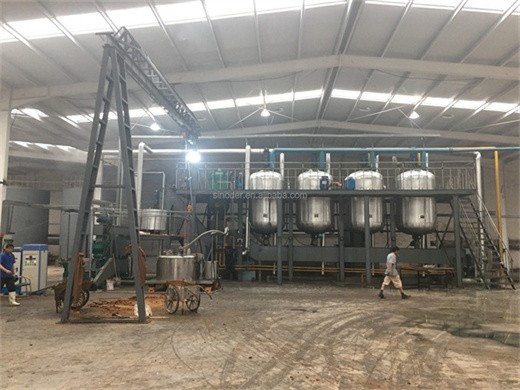
Extraction of rice bran oil using aqueous media
The highest oil yield was obtained at pH 12.0, extraction temperature 50 °C, extraction time 30 min, agitation speed 1000 rpm, and rice bran‐to‐water ratio 1.5‐to‐10. The quality of aqueous‐extracted oil in terms of free fatty acid, iodine value and saponification value was similar to a commercial sample of rice bran oil and hexane
Get Price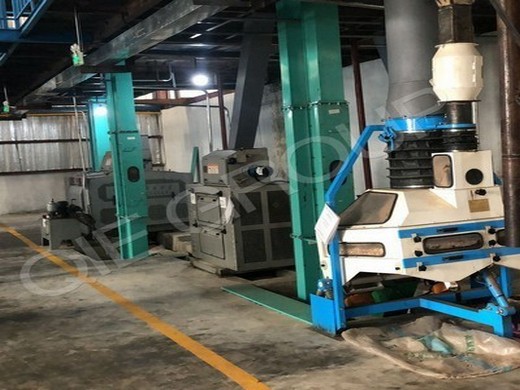
A comprehensive review on anti-diabetic property of rice
Rice bran has about 15%-20% of oil, known as rice bran oil (RBO). RBO is known for the health benefits. The quantity and quality of the RBO varied based on the cultivars, extraction process, etc,. The non-conventional, eco-friendly, solvent free extraction methods are in use and also under development for the recovery of superior quality RBO
Get Price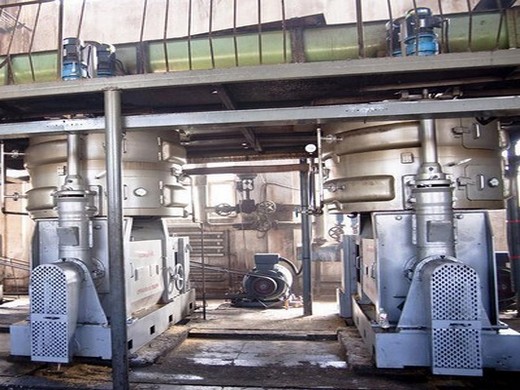
Trans-free Shortenings through the Interesterification of
Trans -free interesterified fat was prepared from binary blends of rice bran stearin (RBS) and fully hydrogenated soybean oil (FHSBO) with RBS/FHSBO mass ratio of 50:50, 60:40 and 70:30. Commercial lipozyme RM IM (10 wt% of total substrate) was used to catalyze the reaction. Coconut oil (CO, 20 wt% of RBS/FHSBO) was also added to increase the medium-chain fatty acids content. The enzymatic
Get Price
Enzyme‐assisted aqueous extraction of rice bran oil
In the present study, rice brain oil was extracted by enzyme‐assisted aqueous extraction under optimized aqueous extraction conditions using mixtures of Protizyme TM (protease; Jaysons Agritech Pvt. Ltd., Mysore, India), Palkodex TM (α‐amylase; Maps India Ltd., Ahmedabad, India), and cellulase (crude cellulase; Central Drug House, Delhi, India). ). The optimal conditions used were
Get Price
Comparison of subcritical CO2 and ultrasound-assisted
As evidenced by Chia et al.,the concentrations of tocols and oryzanol in rice bran oil extracted by SCO 2 were 10 folds greater than solvent extraction. The use of ultrasound extraction techniques, particularly ultrasound-assisted aqueous extraction (UAAE) in extracting oils from plant materials is becoming the interest of food industry.
Get Price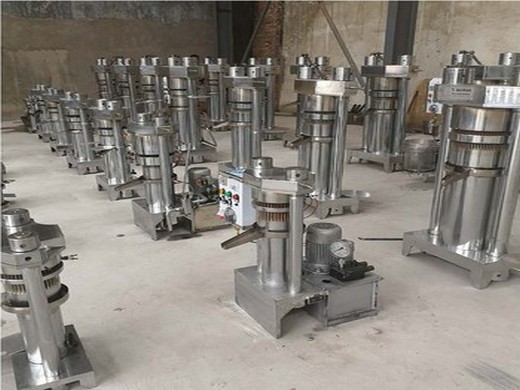
Optimization of antihypertensive and antioxidant
In this study, antihypertensive and antioxidant protein extraction by means of ultrasound-assisted enzymatic hydrolysis was optimized in order to increase the added value of rice bran, which is a byproduct of rice milling. For this purpose, ultrasound treatment optimization was carried out with protein yield as response and solid/liquid ratio, time and power as independent factor using
Get Price
EXTRACTION OF RICE BRAN OIL USING COMBINED WITH
Rice bran is the main residue in the milling process of rice (Oryza sativa L.) (5 to 8 wt% of the total grain mass). Commonly, rice bran is discarded, used by the industry for oil extraction, animal feed, or as an organic fertilizer (Laokuldilok et al., 2011; Silva et al., 2006). The rice bran oil (RBO) corresponds to
Get Price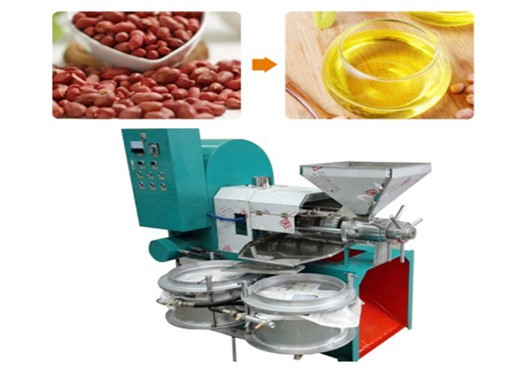
Optimization of ultrasound assisted aqueous oil extraction
The ultrasound assisted aqueous extraction was investigated for rice bran oil which gives low free fatty acid value and less color imparting than solvent extraction (Khoei & Chekin, 2015) [5]. To our knowledge, there are no published reports regarding ultrasound assisted aqueous extraction of maize germ oil
Get Price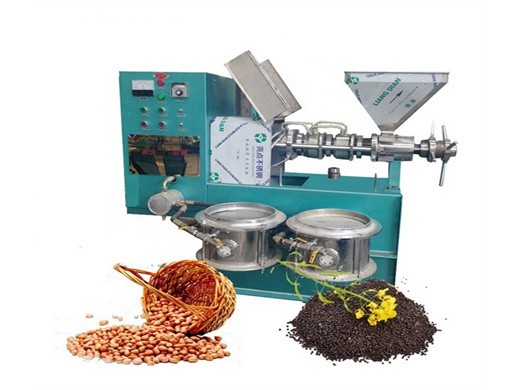
EXTRACTION OF RICE BRAN OIL USING AQUEOUS MEDIA
Rice bran oil is widely used in pharmaceutical, food and chemical industries due to its unique properties and high medicinal value. In this study extraction of rice bran oil from rice bran available in Sri Lanka, using aqueous media has been studied and key factors controlling the extraction and optimal operating conditions were identified.
Get Price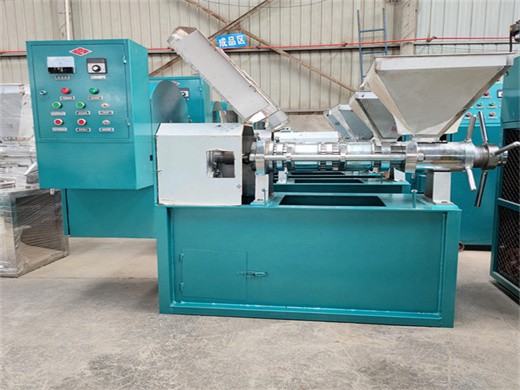
Comparison of subcritical CO2 and ultrasound-assisted
As evidenced by Chia et al.,the concentrations of tocols and oryzanol in rice bran oil extracted by SCO 2 were 10 folds greater than solvent extraction. The use of ultrasound extraction techniques, particularly ultrasound-assisted aqueous extraction (UAAE) in extracting oils from plant materials is becoming the interest of food industry.
Get Price
Extraction of rice bran oil using aqueous media
The highest oil yield was obtained at pH 12.0, extraction temperature 50 °C, extraction time 30 min, agitation speed 1000 rpm, and rice bran‐to‐water ratio 1.5‐to‐10. The quality of aqueous‐extracted oil in terms of free fatty acid, iodine value and saponification value was similar to a commercial sample of rice bran oil and hexane
Get Price
Optimization of ultrasonic-assisted extraction of
Results showed that optimal extraction condition was as follows: a defatted rice bran to water ratio of 1:20 w/v, extraction temperature and time of 70 °C for 20 min.
Get Price
Ultrasound-Assisted Aqueous Extraction of Oil and
The study aimed to optimise the ultrasound-assisted aqueous extraction of oil, β-carotene and lycopene from powdered microwave-dried gac arils. Ultrasound power, extraction time, powder particle size and the ratio of water to gac powder during the extraction, the centrifugal force used to recover the extracted components were investigated. Microwave-drying followed by aqueous extraction
Get Price
A comprehensive review on anti-diabetic property of rice
Rice bran has about 15%-20% of oil, known as rice bran oil (RBO). RBO is known for the health benefits. The quantity and quality of the RBO varied based on the cultivars, extraction process, etc,. The non-conventional, eco-friendly, solvent free extraction methods are in use and also under development for the recovery of superior quality RBO
Get Price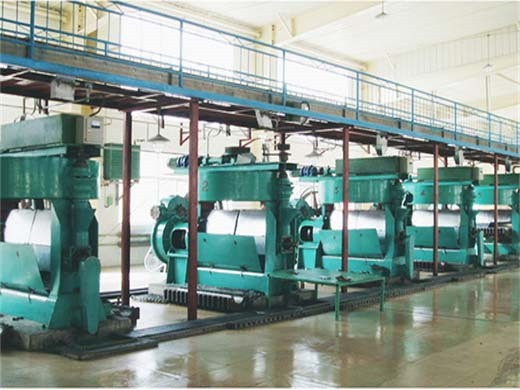
EXTRACTION OF RICE BRAN OIL USING COMBINED WITH
Rice bran is the main residue in the milling process of rice (Oryza sativa L.) (5 to 8 wt% of the total grain mass). Commonly, rice bran is discarded, used by the industry for oil extraction, animal feed, or as an organic fertilizer (Laokuldilok et al., 2011; Silva et al., 2006). The rice bran oil (RBO) corresponds to
Get Price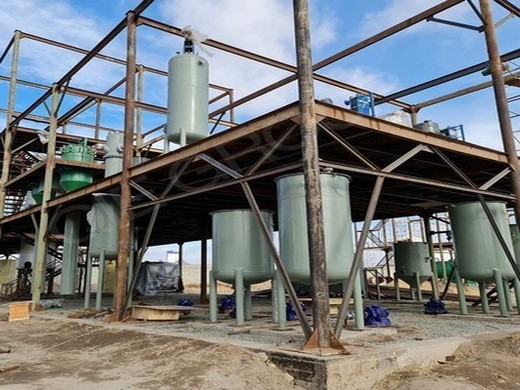
Enzymatic extraction of mustard seed and rice bran
Aqueous enzymatic extraction was investigated for recovery of oil from mustard seed and rice bran. The extraction process was reproducible based on statistical analysis of extraction data under different extraction conditions. The most significant factors for extraction were the time of digestion with enzymes, seed or bran concentration in water, volume of hexane added before recovery, and
Get Price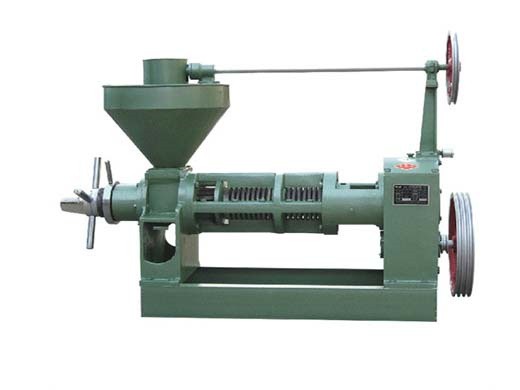
Trans-free Shortenings through the Interesterification of
Trans -free interesterified fat was prepared from binary blends of rice bran stearin (RBS) and fully hydrogenated soybean oil (FHSBO) with RBS/FHSBO mass ratio of 50:50, 60:40 and 70:30. Commercial lipozyme RM IM (10 wt% of total substrate) was used to catalyze the reaction. Coconut oil (CO, 20 wt% of RBS/FHSBO) was also added to increase the medium-chain fatty acids content. The enzymatic
Get Price
Changes in triacylglycerol molecular species and thermal
Abstract Blended oils were prepared by mixing appropriate amounts of coconut oil (CNO) or palm oil (PO) with rice bran oil (RBO) or sesame oil (SESO) to get approximately equal proportions of satur...
Get Price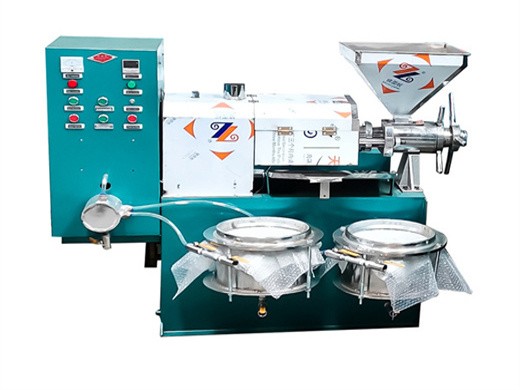
COMPOSITION OF SOLVENT‐FRACTIONATED RICE BRAN OIL
Rice bran oil was acetone fractionated at low temperature. Two methods, independent fractionation ( −8, −14 and −35C) and sequential fractionation (0, −8 and −14C), were compared for the preparation of triacylglycerol (TG) fraction‐enriched unsaturated fatty acids (UFAs).Among all fractions obtained from both methods, the liquid fraction from independent fractionation at −35C
Get Price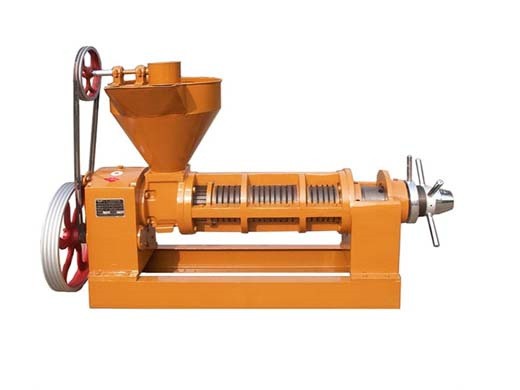
Aqueous extraction, composition, and functional properties
The effect of temperature (20–60°C) on the aqueous extraction of emulsified rice bran oil from commercial rice bran was described. The total solids, protein, fat, and carbohydrate contents of the rice bran emulsions extracted at various temperatures were 4.82–6.99, 1.05–1.40, 0.82–1.65, and 2.65–3.36%, respectively.
Get Price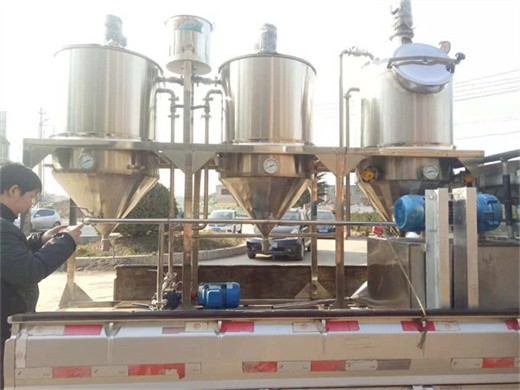
Rice Bran an overview ScienceDirect Topics
Hexane is a non-polar solvent with a boiling point of 68°C, and is therefore the solvent of choice for oil extraction from rice bran to yield rice bran oil (RBO). Hexane is directly blended with previously stabilized rice bran at 20°C at a solvent to bran ratio of 2 : 1 (wt/wt). Furthermore, hexane can be removed from the miscella (extracted
Get Price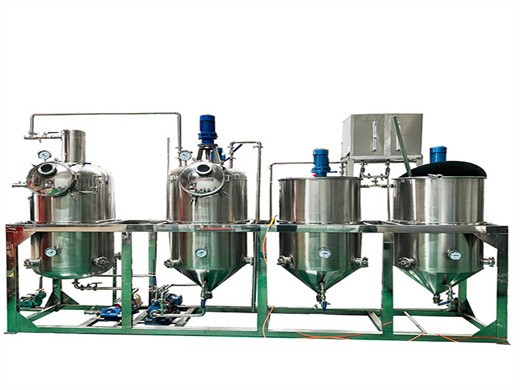
Optimization of ultrasound assisted aqueous oil extraction
The ultrasound assisted aqueous extraction was investigated for rice bran oil which gives low free fatty acid value and less color imparting than solvent extraction (Khoei & Chekin, 2015) [5]. To our knowledge, there are no published reports regarding ultrasound assisted aqueous extraction of maize germ oil
Get Price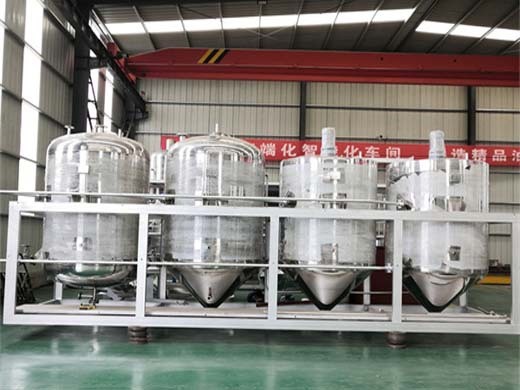
EXTRACTION OF RICE BRAN OIL USING AQUEOUS MEDIA
Rice bran oil is widely used in pharmaceutical, food and chemical industries due to its unique properties and high medicinal value. In this study extraction of rice bran oil from rice bran available in Sri Lanka, using aqueous media has been studied and key factors controlling the extraction and optimal operating conditions were identified.
Get Price
Ultrasound-Assisted Aqueous Extraction of Oil and
The study aimed to optimise the ultrasound-assisted aqueous extraction of oil, β-carotene and lycopene from powdered microwave-dried gac arils. Ultrasound power, extraction time, powder particle size and the ratio of water to gac powder during the extraction, the centrifugal force used to recover the extracted components were investigated.
Get Price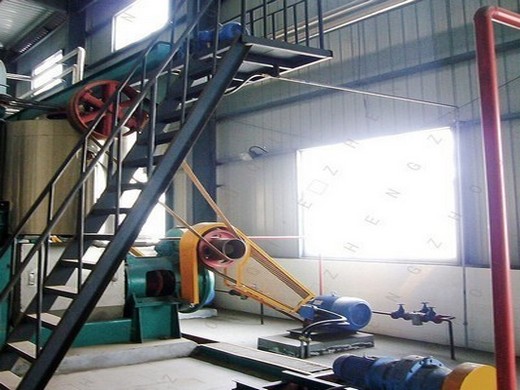
Aqueous extraction, composition, and functional properties
The effect of temperature (20–60°C) on the aqueous extraction of emulsified rice bran oil from commercial rice bran was described. The total solids, protein, fat, and carbohydrate contents of the rice bran emulsions extracted at various temperatures were 4.82–6.99, 1.05–1.40, 0.82–1.65, and 2.65–3.36%, respectively.
Get Price
Ultrasound-Assisted Aqueous Extraction of Oil and
The study aimed to optimise the ultrasound-assisted aqueous extraction of oil, β-carotene and lycopene from powdered microwave-dried gac arils. Ultrasound power, extraction time, powder particle size and the ratio of water to gac powder during the extraction, the centrifugal force used to recover the extracted components were investigated. Microwave-drying followed by aqueous extraction
Get Price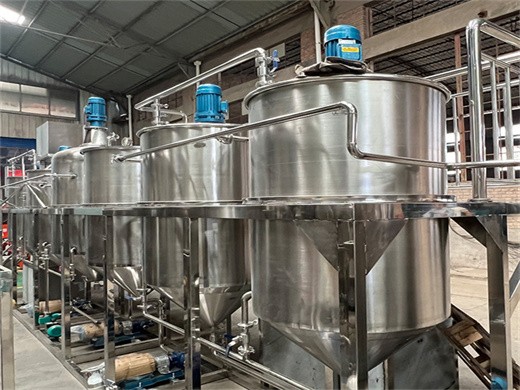
Enzymatic extraction of mustard seed and rice bran
Aqueous enzymatic extraction was investigated for recovery of oil from mustard seed and rice bran. The extraction process was reproducible based on statistical analysis of extraction data under different extraction conditions. The most significant factors for extraction were the time of digestion with enzymes, seed or bran concentration in water, volume of hexane added before recovery, and
Get Price

